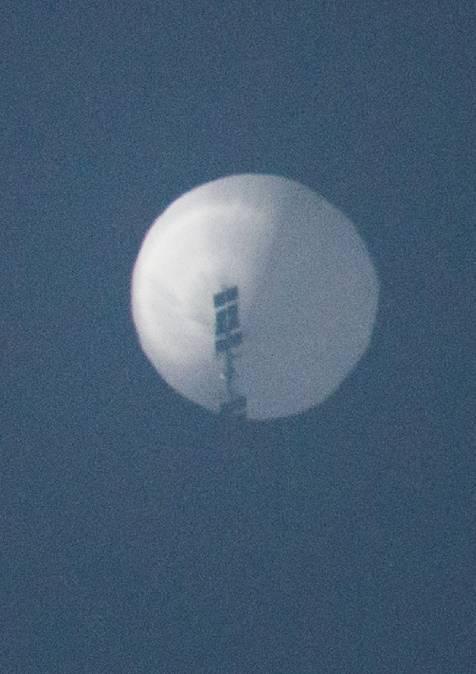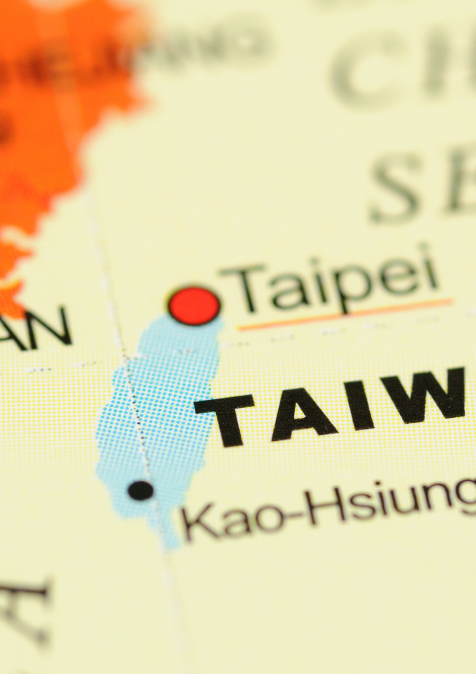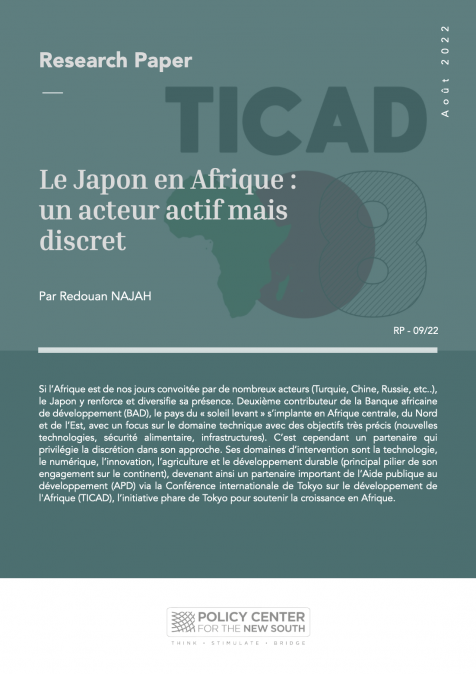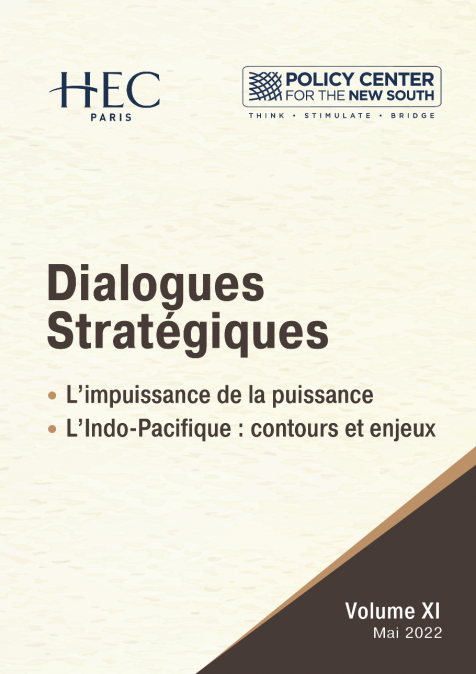Publications /
Opinion
Looked at from afar, the most amazing thing about the ongoing election in India may be the numbers involved. Over 900 million citizens are eligible to vote and voter turnout is hovering between 60% to 70%. The election to 543 seats in the Lok Sabha (Lower House) is being conducted in seven phases with 12 million officials deployed in 1.7 million voting booths. The first phase of polling was held on April 11 and the concluding one will be on May 19. The votes will be counted on May 23 and the results announced the same day because the use of Electronic Voting Machines facilitates rapid tallying.
Apart from the intrinsic importance of 1.3 billion people periodically and peacefully affirming faith in electoral democracy, the Indian election has wider significance in a world in which countries are increasingly characterized by a multiplicity of ethnicities, languages and religions, like India.
However, a closer look, from the point of view of Indian voters, reveals the complexities of the choices they face in a fragmented polity. This polarization is evident in the overheated rhetoric employed by all parties in the lead-up to Election Day. As ideological differences lose relevance politics has become more personality-oriented and campaigning more like personal attacks. Therefore, this election has become a referendum on Prime Minister Modi and his Bharatiya Janata Party (BJP) which had won a clear majority in 2014.
BJP: which battles were won?
The BJP claims success on national security because it has challenged Pakistan on terrorism, including through the use of force. It has also somewhat justifiably accused Rahul Gandhi, the leader of the Congress party, of a dynastic sense of entitlement to rule India. The Opposition, especially the Congress party, claims to be fighting for the secular tradition of India while attacking Modi for corruption in defense deals, specifically the purchase of the French Rafale fighter jets.
In truth, although the BJP government’s performance has not matched up to the impossible expectations generated in 2014, Modi remains unrivalled in popularity, with the most number of bhakts (devotees) in a global era of strong leaders.
Although the economy is growing at a healthy rate of over 7% inequality has soared and the Modi government has failed to deliver the promised "acche din” (good days) in terms of employment generation -- by far the most important issue, especially for the middle class and the young who had been his greatest supporters.
The Modi government does seem to have curbed corruption at the top though this continues to plague citizens at lower levels of interface with officials, especially in rural areas where the presence of government is more glaring.
Similarly, while the government has done well in improving its place in the World Bank's Ease of Doing Business index from 142nd in 2014 to 77th in 2019, it has not succeeded in raising rural incomes nor has it undertaken the desperately needed reform of the agrarian economy.
The BJP government has also done better than its predecessor in infrastructure-building, but much more needs to be done in health and education.
And yet, the opposition parties have failed to unify against the BJP. Although India’s longest ruling party, the Congress, improved its image under Rahul Gandhi by winning three state elections last year, neither the party nor Rahul is accepted by the numerous opposition parties as their natural leader and certainly not as the candidate for prime minister. That is critical because, to govern at the national level, the winners have to build coalitions with regional Parties, which change allegiance opportunistically. Even the largest party, in terms of votes, must be adept at building pre- and post-poll alliances to form a government. Therefore it becomes difficult to predict the final outcome, though there is a consensus that the BJP will garner the most votes.
Elections and social media
As in elections all over the world social media plays a big role in Indian elections because the electorate is so youthful. Two-thirds of Indians are below the age of 35 and first-time voters could be as high as 84 million. However, since the political parties themselves use social media for fund-raising and voter support there has been no push to curb its excesses. Yet the problem of fake news is so pervasive that Facebook itself moved to eliminate hundreds of sites.
Foreign policy issues have played a bigger role in this election than in previous ones because Prime Minister Modi projects himself as tough on terrorism. Since most of the terrorist incidents in India do emanate from jihadist groups based in neighboring Pakistan, the charges against it tend to be couched in religious terms. A February 2019 terrorist attack in Pulwama, Kashmir, claimed by the Pakistani Jaish-e-Mohammed group, provoked the first cross-border aerial attack by India since the 1974 war for the liberation of Bangladesh. This became part of the electioneering by the BJP. Although overheated nationalistic rhetoric in the heat of campaigning may dissipate after the elections it does damage the social fabric of India.
Other foreign policy issues which will require continued deft handling by any new government include the tilt towards the USA even as Russia remains India's most important defense partner historically.
Equally delicate will be maintaining the complex three-way balance between Israel, Iran and the Gulf Arab nations which fulfil respectively India’s need for hi-tech weapon systems, oil and the security of a diaspora of 8 million.
However, the most complicated and delicate task will be striking the right notes of competition and cooperation with an overbearing China with which India has the world's longest unsettled border. This requires reacting prudently to the inroads China has made into each of India’s South Asian neighbours. This includes influence obtained through arms exports and its Belt and Road Initiative which has trapped these countries in debt they are unable to repay, compromising their autonomy and thereby compounding India’s security concerns.
Like other major powers, India recognizes that Africa and Latin America are crucial to any future political and economic order. Even as trade and economic relations grew rapidly the Modi government moved purposefully in the past five years to strengthen political relations with African countries.
What the Future holds for India’s Africa Policy
The intensification of engagement with countries in Africa was actualized through 29 visits at the level of the Indian President, Vice President and Prime Minister while 35 Heads of State/ Heads of Government from Africa were welcomed to India. This was apart from the participation of 41 Heads of Government at the Third India Africa Forum Summit in New Delhi in 2015. More concretely, India has announced the opening of 15 new embassies which will raise to 47 the number of Indian Missions in Africa.
Alongside bilateral trade growing to $63 billion in 2018 Indian investment at $54 billion has made it the fifth largest investor in Africa. Investments from government corporations and the private sector are in diverse areas, including telecommunications, hydrocarbon, agriculture, education, IT services, drugs and pharmaceuticals, and automobiles, highlighting the economic dynamism of Africa. India has also extended over $10 billion in Lines of Credit. And the government has focused on capacity-building in Africa through its Indian Economic and Technical Cooperation (ITEC) programmers, with ITEC alumni scattered in every African country. India is also cooperating with Japan and USA to build sustainable infrastructure in Africa.
Although the Modi government was proactive in its Africa policy the outreach has wide support in the Indian political spectrum and no changes are expected in India’s policy towards Africa regardless of who leads the next government. The important difference is that while Congress governments interacted with Africa on the strength of the personal relations India’s first Prime Minister Jawahar Lal Nehru and his daughter Indira Gandhi had built with the leaders of independence movements in Africa, the Modi government has promoted economic exchanges.
Relations with Morocco are cordial and it remains India’s most important source of phosphates. Happily, the relationship has progressed beyond that with numerous Indian IT firms, based in the Casablanca industrial area. But given Morocco’s political stability, well-educated young population and rich resources, much can more can be achieved with focused attention from the leadership in the two countries.







